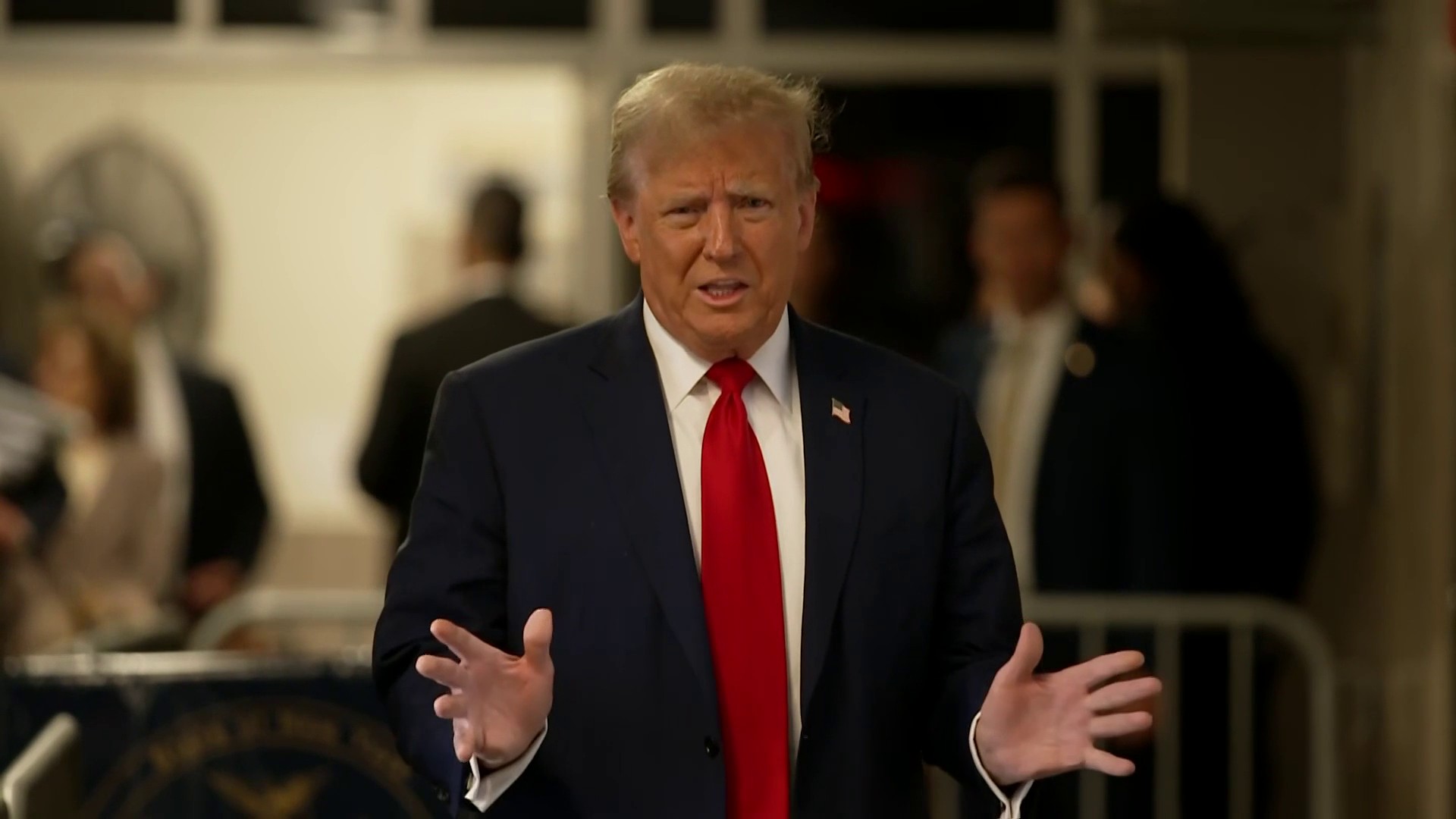It’s a rainy morning commute in New York City. Umbrellas are in your face, the air is damp and wet and, of course, you’re running late.
Waiting on the crowded subway platform, you see the next available train is two minutes away. The only thing is, it’s been 2 minutes away for the last 10 minutes. Rain or shine, the accuracy of the MTA’s countdown clocks can sometimes cause frustration among New Yorkers, who aren't afraid to voice it.
"Can the MTA not lie on their countdown clocks?," one discussion on Reddit is titled. "Really grates on me when I see that my train's supposed to be here in five minutes when in reality it's been ten minutes and counting," a user said.
Others noticed the opposite. So what's the real story?
NBC 4 New York surveyed 100 trains from Brooklyn to upper Manhattan based on their expected arrival time versus the actual time they reached the station. Of those 100 trains surveyed, 44 arrived later than the countdown clock estimated, 20 came on time and 35 came earlier. One didn’t show up at all.
The survey was taken waiting for a mix of lettered and numbered trains: 20 percent of the trains surveyed were numbered; 80 percent were lettered. We took our findings to the MTA for some insight.
DIFFERENT LINES, DIFFERENT TECH
The disparity in service different New Yorkers are getting from the timekeepers may have a lot do with the line they're taking, MTA Special Liaison Shams Tarek says.
Although he says the MTA doesn't accept that NBC 4's study of 100 trains was "scientific or accurate," the transit provider does see up to 20 percent inaccuracy on some of the countdown clocks.
Local
Tarek said some lines have more accurate clocks than others because different technology is used across the system.
"Both systems work by looking at where the train is and how much time it has left until the next stop. But they do this in very different ways," he says.
'L' HAS BEST CLOCKS, LETTERED LINES WORST
If you ride the lettered lines, you're exposed to the least accurate timing technology the MTA has on offer, with about 80 - 95 percent accuracy by its estimate.
How it works? A Bluetooth 'beacon' tells the MTA when the trains arrive at and leave stations. But the MTA can't track what happens on the train's journey, hence the false clock readings.
"If a train is stuck between stations, or moving slowly due to a problem or due to planned track work, or even rerouted, this Bluetooth system won't know about the change and won't be able to update the arrival time," Tarek says.
Those taking the numbered lines fare slightly better, with these trains using an electronic tracking system.
The service on the "L" line is the best, Tarek says. It uses an "advanced electronic signaling system" called CBTC that will eventually be rolled out on all lines.
Until updates are made, the countdown clocks on the lettered lines may still remain more inaccurate than the numbered trains.
“That said we always strive for better performance and accuracy so we’re actively working on improving the quality of data input into the B division [lettered] system and also roll out upgrades to the screens every 6 months or so,” Tarek says.
The countdown clocks installations are a fairly recent project started by the MTA back in 2006. The project began with the L train and was then expanded to the other lines over the years.



